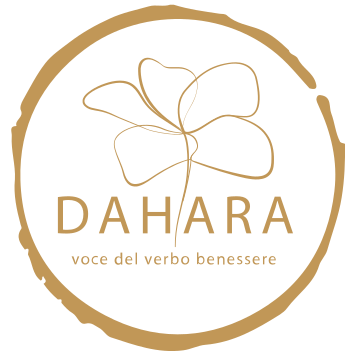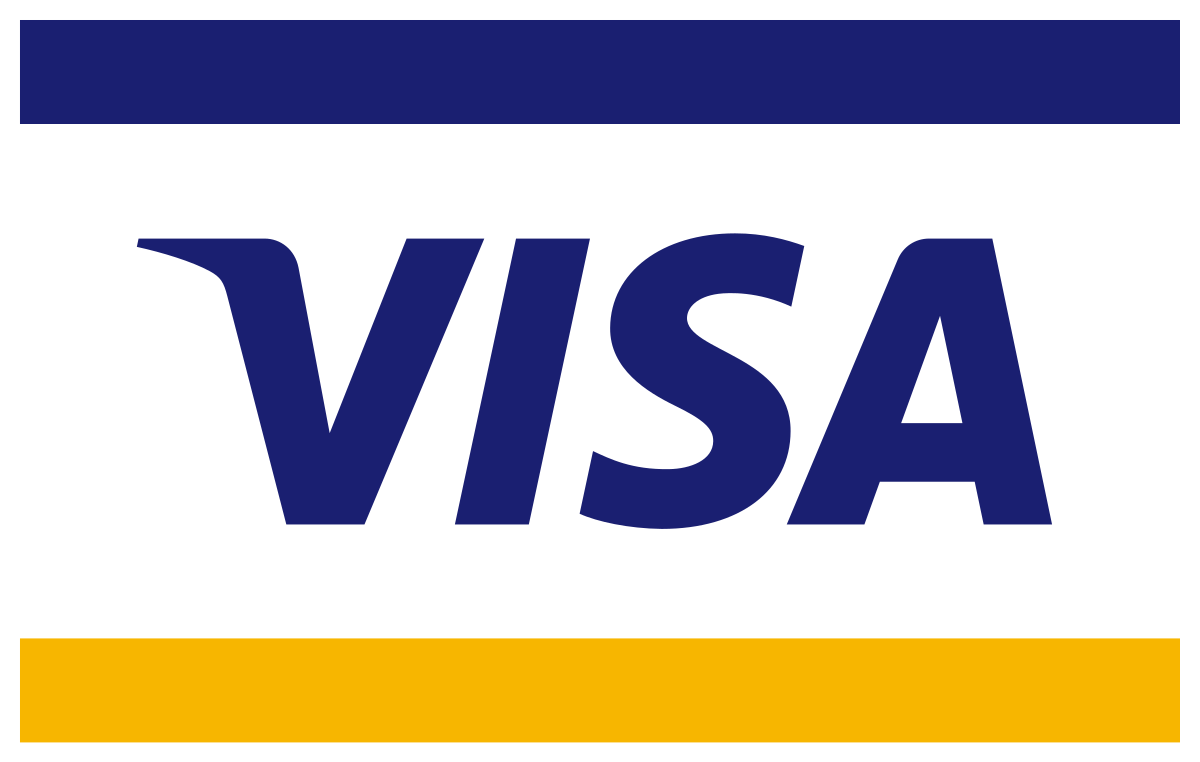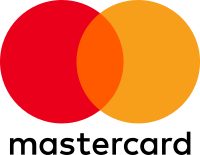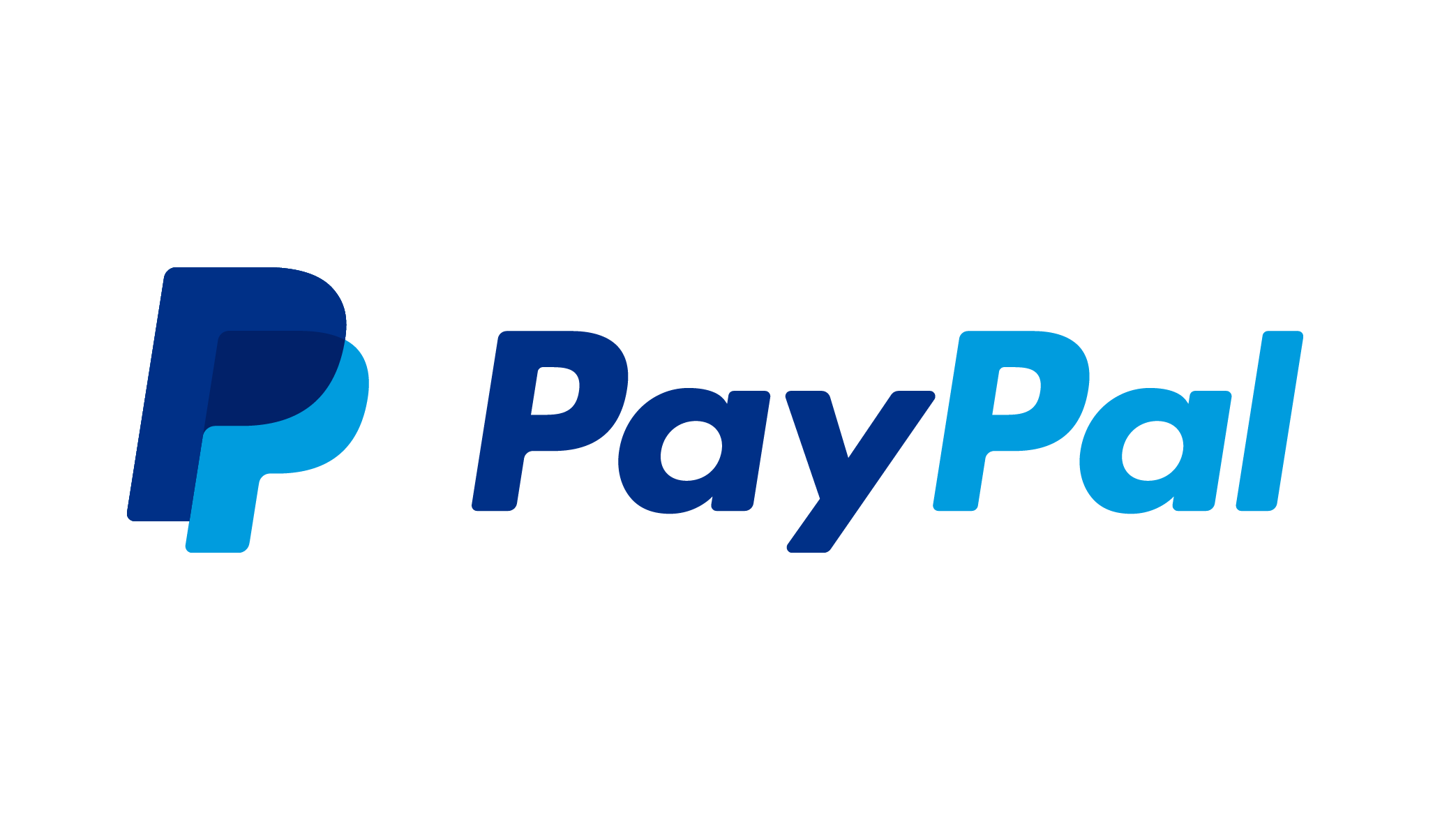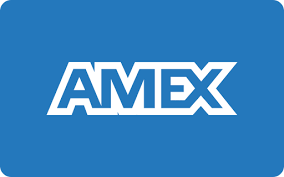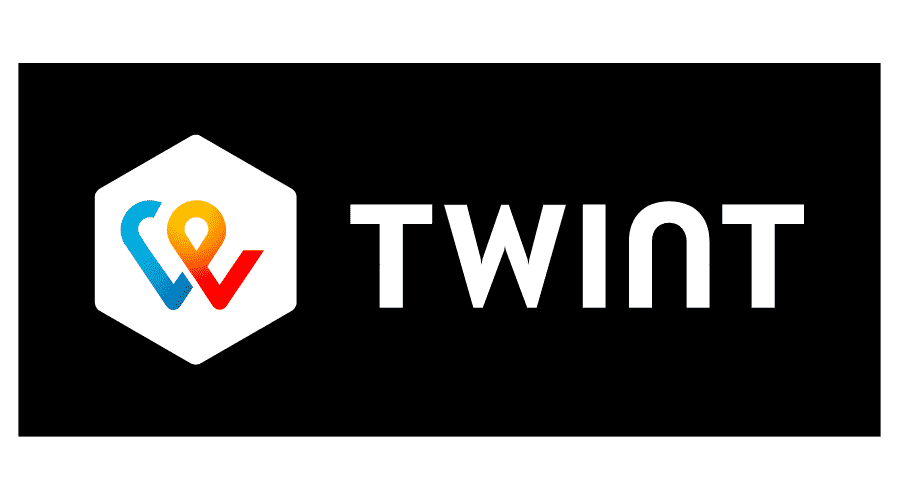F.A.Q
Oriental hair removal by threading is an art: it is a technique that requires dexterity and experience and is an alternative to waxing and tweezing. Originating thousands of years ago in Egypt, this technique is more accurate and less invasive than waxing or tweezing: It does not stain or irritate the skin, cause reddening or break hairs, and guarantees slower regrowth.
You need to double a thread and twist it several times. The twisted thread is rolled over the skin to be treated, entwining the hairs in the thread and removing them from the root – even the tiniest hairs. There are several ways to perform the technique: my advice is to learn from a specialist teacher.
It is not a painful method but bear in mind that pain sensation depends on various factors: the type of thread used, individual pain tolerance and the way in which the technique is performed.
You can treat all small and sensitive areas of the face and body: eyebrows, side burns, upper lip, chin, nose, neck, nape, nipple area, armpits, hands, fingers, beard and ears.
Yes, you can perform it on men and women alike, including teenagers, even in the presence of acne, exercising due care in each individual case.
It is recommended for all skin types, even the most sensitive skin, exercising due care in each individual case.
Of course: it is the perfect technique for removing unwanted facial hair for example around the cheekbones, ears, nose, neck, nape and eyebrows and is also very useful for defining the beard line. It is also an excellent technique for removing hair on the hands and fingers as well as hormone-related shoulder hair.
Yes, the Oriental hair removal method is also recommended for teenagers as it is less traumatic for the skin and produces better, more accurate results than traditional treatments.
Yes, you can. However, it is essential to perform each step of the technique correctly, from start to finish, starting with identifying the skin type and assessing the best technique for each client. It is also important to cleanse the skin.
Yes, absolutely, with the only exception of clients undergoing cancer treatment.
No, there are no contraindications. The important thing is to use a suitable thread and perform the technique correctly.
No, I do not recommend performing the silk-thread hair removal technique on clients undergoing cancer treatment.
You will need a high-quality thread, good theoretical and practical training and a special soothing cream to apply after treatment. On our website you will find the best thread for the job, a special soothing cream to apply after treatment and a video explaining how to perform hair removal.
In order to perform threading using a silk thread you will need three to four hours’ training by a professional who has specialised in the technique and an intensive week of practice on models. Bear in mind that continuous practice will allow you to increase your speed, accuracy and efficiency.
When performing threading using a silk thread you must pay attention to the following: • Make sure you move the thread correctly; • Keep your body in the correct position; •Pick the right thread; • The skin must be clean: • Fatty creams not recommended after treatment; Do not rely on unprofessional amateur video tutorials that you can find anywhere on the web.
Not all commercially available threads have the same characteristics: each has its own specific properties providing varying degrees of success. That is why my team of experts and I have spent a considerable amount of time these past few years researching and studying the best possible thread for performing Oriental hair removal: the Dahara silk thread.
Our silk thread is the result of years of careful research and specific testing and has been specially designed for precision hair removal using the Oriental technique.
